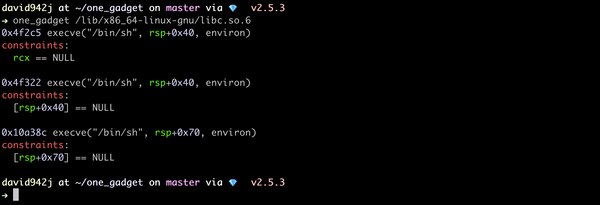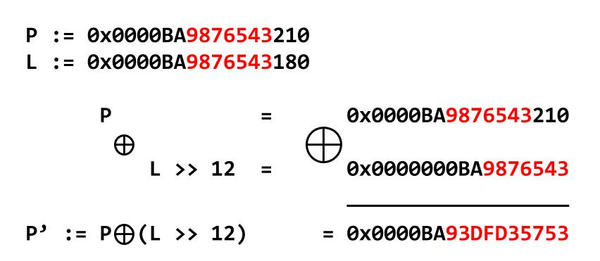Padding Oracle Attack
Introduction:
This kind of attack exists because of the cryptographic padding that takes place on the message length. Since, Plaintext can be of varying length, however block ciphers require that all messages need to be exact number of blocks. To satisfy this requirement we use padding, to get the exact number of blocks.
Detecting POA Vulnerability:
Assumptions
-
The application needs to use CBC mode of operation while encrypting.
-
The application uses only encryption, but no authentication. i.e, application should not generate MAC for the ciphertext.
Scenario
Applications in order to maintain the state of the user use cookies or sessions, usually they are encrypted, so that no other party can view the parameters and impersonate legitimate users. When an application is passed an encrypted value, it responds in one of the following cases:
-
The encrypted value is valid with correct padding, the applications sends 200 OK response.
-
The encrypted value is invalid with incorrect padding, the application sends 500 Internal Server Error.
-
The encrypted value is invalid with correct padding, the application sends custom error message (200 OK).
In Practice
Look for long and random looking strings, probably in the form of base64- or URL-encoded.
For eg., 7B216A634951170FF851D6CC68FC9537858795A28ED4AAC6
Using some Proxy, like Burp try to change the values of last byte or last couple of bytes, duplicating last couple of blocks and see how the application responds, usually in one of the above cases.
Request : http://sampleapp/home.jsp?UID=0000000000000000F851D6CC68FC9537
Response: 500 - Internal Server Error
Things to look out for
-
Timing: processing encrypted data takes usually longer.
-
New cookie might be created on invalid data, but usually you get an error when padding is bad.
-
Look out for any Exceptions generated during 500 error
Stacktrace with padding-exception (Java, Ruby).
javax.crypto.BadPaddingException:
Given final block not properly padded
OpenSSL::Cipher::CipherError in ApplicationController:bad decrypt
Exploit Tool:
PadBuster is an excellent automation tool released by GDS which does the dirty work, once you figured out that application is vulnerable to Padding.
_Note: The tool requires Perl to be installed in order to run.
_The tool takes 3 mandatory arguments :
-
URL : the url of the server you want to exploit, in cryptography terms server is called as Oracle, including Query string if needed. You can also supply, Post data using (-post) switch or cookie using (-cookie) switch.
-
Encrypted Sample : This is the encrypted sample that will be tested, it should also be present in any one of them URL query string, post or cookie.
-
Block Size : The block size should be mentioned in either 8 or 16.
-
Encoding : (optional) It is used to specify how the encrypted text is encoded, by default it takes base64. Using the switch (-encoding) you specify the type :
* 0: base64 encoding
* 1: Lowercase HEX ASCII
* 2: Uppercase HEX ASCII
{% highlight bash %}
padBuster.pl http://sampleapp/home.jsp?UID=7B216A634951170FF851D6CC68FC9537858795A28ED4AAC6 7B216A634951170FF851D6CC68FC9537858795A28ED4AAC6
8 -encoding 2
{% endhighlight %}
In the next step,i.e. when the tool starts processing the first block, it asks the User to which response code it should test (200 or 500), the padbuster is intelligent enough to suggest the user on which response it should continue testing, it highlights by presenting (**) by the side of options it provides us.
------------------------------------------------





